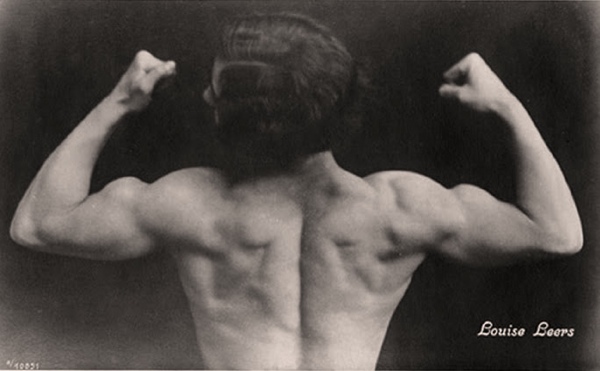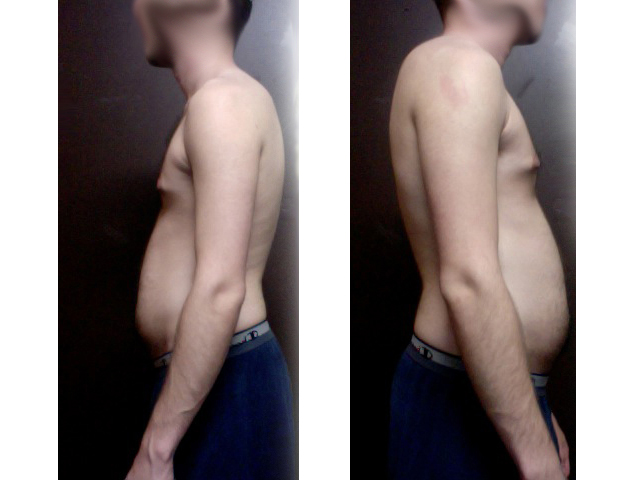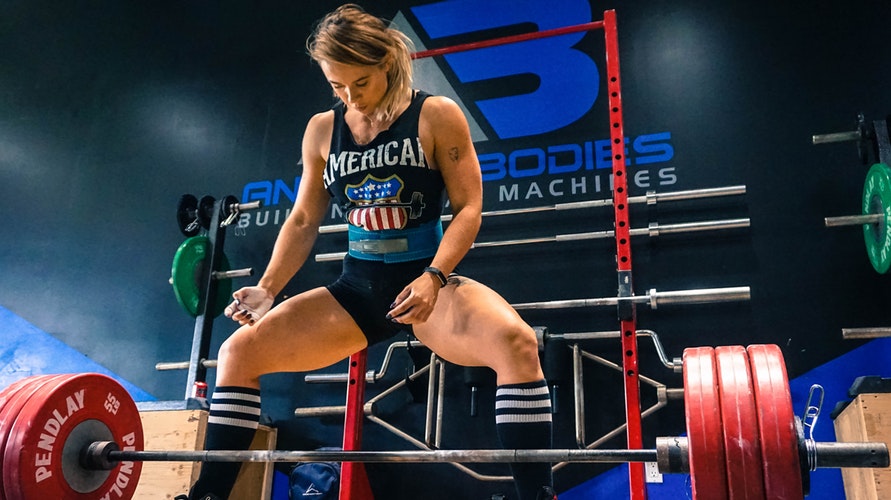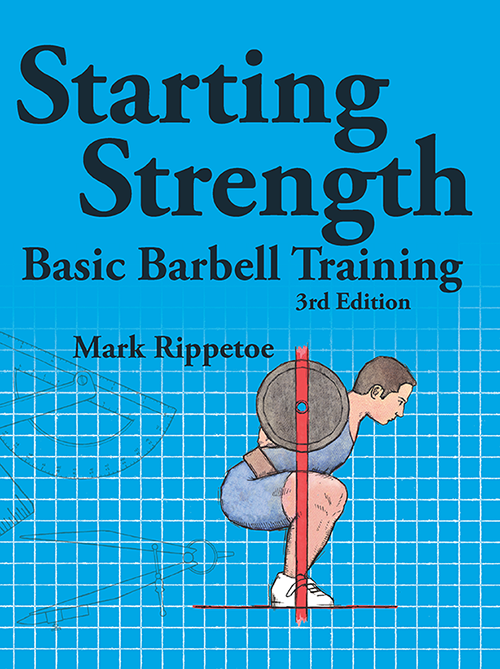How to Lose Fat Without Losing Muscle

If you want to lose weight you must consume less calories than your body burns. Matter cannot be created without energy. That is a law of physics. A diet which claims you will lose fat without eating less calories than your body burns is a scam. It doesn’t matter what you eat, how you eat it or when you eat it. Fats, proteins, carbohydrates don’t matter. All that matters is the amount of calories.
Losing weight is simple. Losing fat without losing muscle is more difficult. Our bodies have adapted to preserve fat. Fat kept our ancestors warm and healthy. Fat preservation makes sense for a hunter and gatherer lifestyle. It makes a lot less sense for our modern lifestyles. Unfortunately evolution takes time, and so we are stuck with bodies which want to hold on to fat cells. Our bodies would rather lose muscle than fat. But there are effective ways to convince our bodies that muscle cells must be preserved over fat cells. This allows us to effectively lose fat cells without losing muscle cells. We call this ‘cutting weight’.
So, how does one cut successfully? First make sure you are eating less calories than your body burns. You can use a TDEE calculator to calculate how much calories your body burns on an average day. If you consume that many calories, then your body will stay at maintenance. This means you will not lose or gain weight.
How much to eat?
To lose weight, take the TDEE number and then subtract up to 500 calories from that. The result is how many calories you should consume on a daily basis to lose about a pound every week. A pound of bodyweight is close to 3500 calories, so eating at a 500 calorie deficit per day will burn about a pound a week. If you eat less than this you will lose more weight, however, some of that weight will be muscle. If you are losing more than a pound a week you are probably going to get weaker and less muscular. We don’t want that.
A TDEE calculator is not 100% perfect. Different people have different metabolisms and have different levels of activity per day. It is a good starting point. But if you find yourself not losing weight then you will need to lower your calorie intake by a couple hundred calories per week until you start seeing loss of about one pound per week. Similarly, if you see weight loss of more than a pound a week you should increase your daily calorie intake.
A pound a week is a good goal, but if that seems too aggressive for you, you can certainly lower your calorie deficit. If you have a 250 calorie deficit per day you can expect to lose about half a pound of body fat per week. A less aggressive cut also ensures you lose less muscle.
TLDR; eat a 500 calorie deficit every day.
What to eat?
Because we are concerned with losing fat and not muscle, we must also take our macro nutrients into account. For your body to not lose muscle, you must consume a lot of protein. You should strive for anywhere from 0.75 to 1 gram of protein per pound of desired bodyweight. Another way to calculate this is that protein should be 40% or more of your daily macro nutrient intake. A high protein diet allows your muscles to get the nutrients they need.
Carbs and fats will make up the rest of your nutrients, and you should eat both. Carb cycling is something that works well for many people. What this means is on days where you went to the gym you eat a higher amount of carbs and on rest days you eat less carbs and more fats. The extra carbs on workout days fuel your body, helping in muscle recovery while the low carb rest days starve away your body fat. Keep your protein intake high for both days. Adding a bit more calories on workout days and a bit less on rest days also works well for many people. Just make sure they average out to about a 500 calorie deficit per day.
Intermittent fasting is another method some use while cutting. This is a short 12-24 hour period of not eating anything other than water. This does not change what you eat, but when you eat it. The idea is that when your insulin levels drop due to not eating for a extended number of hours, your body begins to burn fat at a higher rate. If you decide to try intermittent fasting, be sure to still eat at only a 500 calorie deficit. This means that after fasting you may find yourself eating a large amount of food to make up for all those meals you skipped while doing the fast.
TLDR; Eat lots of protein.
How to Train
If you want to keep as much muscle as possible on your body while losing weight you must lift heavy things. Go to the gym and lift weight. If you are already on a program you should basically stick to that same program, and maybe lower the volume a bit. Do not change programs because you are on a cut.
You need to ‘convince’ your body that it needs to preserve as much muscle as possible. To do this you will need to lift heavy weights on a regular basis. Do not lower the weight that you lift while on a cut. Doing so will send the signal that you do not need to preserve all your muscle mass, as you now only need enough to lift this lower weight. Instead lift just as heavy as you did before you started the cut.
At the same time, because your body is getting less energy than it needs to maintain its current form, you will feel more tired. Lifting will seem harder. This does not necessarily mean you have lost muscle, it means your body is at an energy deficit. This is good. This means you are going to lose weight.
Because you will probably feel more tired when you are cutting fat you should consider lowering your volume. Again, keep the weight heavy, just do a few less reps or a few less sets per workout. You do not need a high volume because muscle growth will be at best at a minimum during a cut. Your body simply isn’t getting enough calories to build muscle. This means your workouts will probably be shorter.
What you should do with the extra time you have due to shorter workouts is sleep more. Your body is tired and you need more rest to function. Increasing sleep while on a calorie deficit will help your body regenerate muscle fibers. Getting adequate sleep is important at all times, but is especially true while on a cut.
TLDR; Lift heavy, maybe lift less, sleep more.
Gaining Muscle While Losing Weight
Is it possible to gain muscle while losing fat? Not really. Well, yes, it is possible, but unless you are a pure beginning you shouldn’t try too hard. Don’t worry about building strength or muscle while on a cut. That is not the point. The point is to lose fat. To gain muscle in an effective manner your body needs enough energy (calories) to repair and grow your muscle fibers. If you are a beginning weight lifter, then you might see some muscle gains, even while on a cut. For most people this is not going to be the case.
If you feel you absolutely must gain muscle and lose fat at the same time, try to keep your calorie deficit at a minimum. Maybe aim for only losing 1/4th of a pound a week. This way your muscles might get enough energy to grow while you lose weight. It’s definitely more efficient to do a bulk-and-cut cycle than it is to cut and grow muscle at the same time.
Rather than looking to gain strength or muscle while on a cut, concern yourself with muscle or strength loss. The goal of a proper cut is to not lose any strength. This is why it is OK to lower the volume of your lifts. Volume is used to build muscle mass. On a cut this is next to impossible.
TLDR; Don’t worry about gaining muscle while on a cut.
Fat Loss Results
Measuring results can be difficult. First, you must realize your body does not go through changes instantaneously. Just because you ate at a calorie deficit for two days does not mean you will see weight loss. The best way to measure weight loss is to weigh yourself every day at the same time and then average those weights out. If you see that your weekly average is going down, then you are loosing weight.
Checking your weight on a day to day basis is not going to be helpful. There are simply too many variables and your weight will fluctuate too much for this to be helpful. Rather, look at how much you weigh on average, per week, and expect about a pound of weight loss per week. Like our day to day weight, this will fluctuate somewhat, so try to average it out as best you can. What you are looking for is a steady and constant weight loss.
Checking your weight during the same time of day everyday is also important. You are going to weigh less right after you wake up than you will after diner. To avoid the variance in weight that you see through the day, weigh yourself once a day at the same hour every day. I usually do this right after I wake up.
While you want to lose weight, you also want to ensure you maintain as much muscle as possible. The best way to measure this is to make sure your lifts do not go down in weight. If all of the sudden you cannot squat as much as you did before starting to cut weight, then there might be a problem. Though you will feel more tired at the gym and the lifts may seem more difficult, you should still be able to perform them at the same weight as when you started the cut. There may be a bit of muscle loss while cutting, but the goal is to keep it as minimal as possible.
TLDR; Winning = weight goes down about 1 lbs/week, strength stays constant.
Adding Cardio to a Cut
Cardio is great. It makes your heart stronger and your body healthier. Overall it is probably a healthier form of exercise than weight lifting. High intensity cardio (HIIT) is also great at burning calories.
All that being said, cardio is not at all necessary for a proper cut. The most important aspects of losing fat while maintain muscle is a proper diet and proper weight lifting. You can easily get an amazing beach body without any kind of cardio. So don’t stress if you don’t want to or cannot do cardio.
If you do want to do some cardio, then great! It will help keep you healthy and will burn some of your daily calories. Just be sure not to over do the cardio. Doing too much cardio is similar to having too high of a calorie deficit. At a certain point the cardio will begin to burn off the muscles you build while weight lifting. This will result in losing fat and muscle at the same time.
To lose fat and maintain muscle you should worry about diet and lifting heavy things. Other workouts can be added to your daily routine, but should not be a defining part of your cut.
TLDR; Cardio is cool, but don’t do too much.
TLDR
- Eat at a slight calorie deficit.
- Eat lots of protein.
- Lift heavy.
- Sleep.
- Don’t worry about muscle gain or cardio.
- Probably lower the volume of your lifts, but not the weight.



